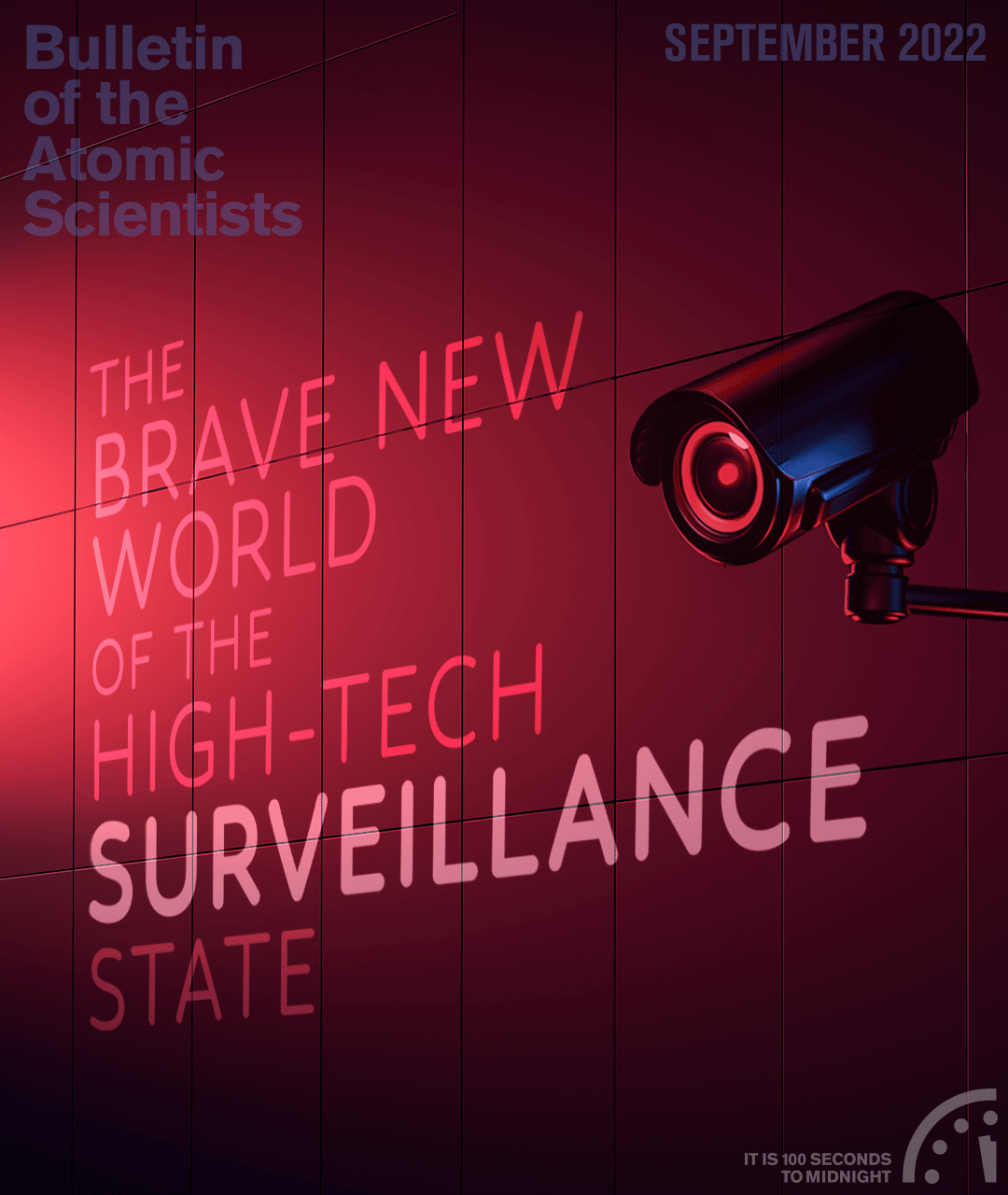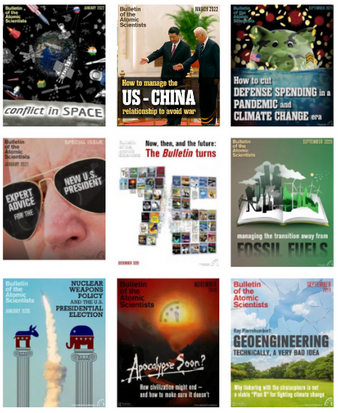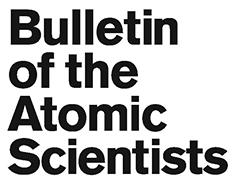
The Brave New World of the high-tech surveillance state
Posted: 14th September 2022

DAN DROLLETTE JR.
Introduction: The brave new world of the high-tech surveillance state
The newest premium magazine issue was inspired by recent events in Russia and in China—two countries where surveillance has expanded dramatically in size and capability in a relatively short time. But the expansion of surveillance doesn’t stop in Russia or China. Read more.
DAN DROLLETTE JR.
Maya Wang interview: The high-tech surveillance state is not restricted to China
Maya Wang’s ground-breaking research into China’s mass surveillance of ethnic minorities helped galvanize international attention. Wang explains how she learned of what was going on—and how it could be a taste of what is to come elsewhere. Read with complimentary access in the premium magazine.
DAN DROLLETTE JR.
Michel Paradis interview: Smart devices and the loss of the right to a private self
“We are at risk of a kind of surveillance capitalism,” Michel Paradis of Columbia University Law School tells Bulletin executive editor Dan Drollette Jr. What needs to be done—in the form of rules, laws, agreements, and technological fixes—so that democracies remain democracies? Subscribe to read more.
ISHAN SHARMA
Creating a model democratic alternative to the surveillance state
Faced with a global decline in the principles of equality, freedom, transparency, and accountability, democracies must respond by turning their attention inward—and crafting a model that leads by example. Subscribe to read more.
AHMED BANAFA
Microchips in humans: consumer-friendly app, or new frontier in surveillance?
Self-described “bio-hackers” are voluntarily injecting chips under their skin that allow them to pay for purchases by just hovering their bare hand over a checkout scanner. Is it a harmless whim, or the first step toward being literally under the thumb of the surveillance state? Read with complimentary access in the premium magazine.

Don’t miss out on full access
Get access to over 75 years of content from trusted, credible experts and thought leaders on nuclear risk, climate change, and disruptive technologies.
Unlock all of our premium content for less than $5 a month.
(CLARK) AOQI WU
What a Cold War crisis over Taiwan could tell us about China-Russia relations today
Today’s Ukraine crisis has uncanny parallels to an often-overlooked Cold War conflict between China, the Soviet Union, and the West known as “The Taiwan Straits Crisis of 1958”—which some analysts call the first serious nuclear crisis. Subscribe to read more.
DAN DROLLETTE JR.
Farida Rustamova interview: An independent reporter in Putin’s Russia
Despite the tools of repression used in Russia today, independent journalists there continue to try to disseminate accurate, uncensored, honest information about unapproved topics. One Russian journalist explains how, speaking from an undisclosed location via Zoom. Subscribe to read more.
HANS M. KRISTENSEN AND MATT KORDA
Nuclear Notebook: How many nuclear weapons does North Korea have in 2022?
In the latest Nuclear Notebook, Hans M. Kristensen and Matt Korda cautiously estimate that North Korea may have produced enough fissile material to build between 45 and 55 nuclear weapons; however, it may have only assembled 20 to 30. Read with complimentary access in the premium magazine.
Your ongoing support ensures we stay on mission and get the job done.
Thank you!

